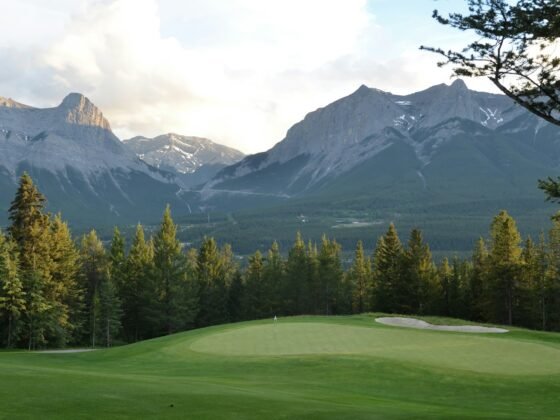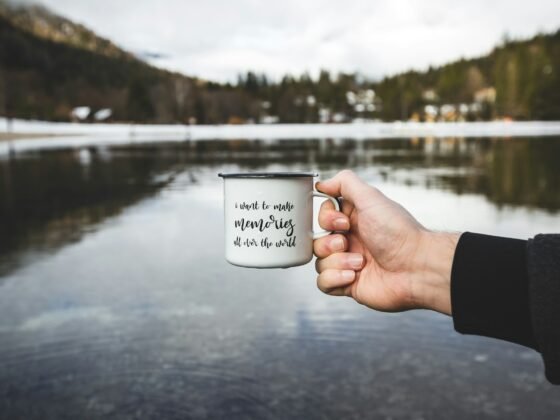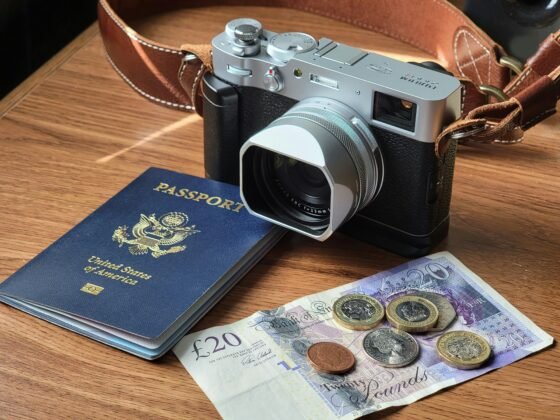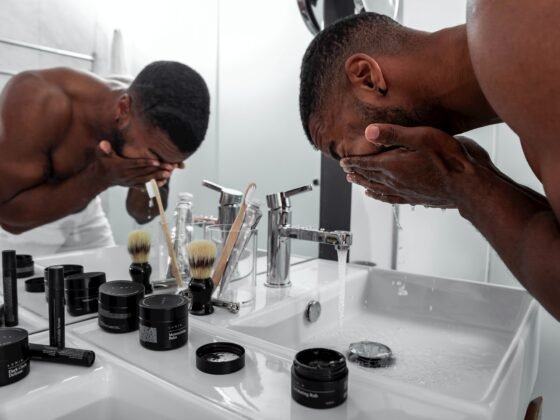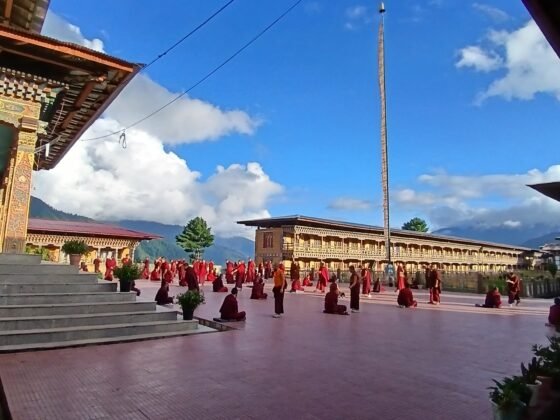What is the definition of trekking? In a nutshell, trekking can be summed up as walking or hiking out and about the outdoors on overland journeys around the natural landscape and amongst often amazing and inspiring environments. Trekking is becoming so popular across the world that many trekking and hiking trails and paths have been established and you’ll find many exciting and challenging adventure holidays that either contain trekking in whole or part.
Trekking Holidays – Trekking tours and vacations are something a little bit different – a world away from your standard brochure package holiday. A trekking holiday has many benefits including the chance to participate in something different and unique and the opportunity to go somewhere off the beaten track, wild and inspiring. There is also the chance to prove and improve your general fitness levels as a trek will certainly test your endurance and stamina to the maximum. So much so that the health benefits of trekking have been highly praised in several studies. If you are considering a trekking holiday, then choose your trekking specialist tour operator wisely, as the differences between a good and bad tour operator will soon become apparent. Ensure your trekking tour uses a fully trained, knowledgeable trek crew. All of the pioneer explorers and great mountaineers in the world use trek crews as they explore some of the very best trek destinations from the Himalayas to the Andes.
Trekking holidays have truly evolved and there are now plenty of tours to choose from including real experiences in dramatic wilderness areas right through to the shorter holidays, which will use hotels and guesthouses and maybe even homestays as a base and which will offer a range of different day treks. These shorter trips can be a great option for those seeking a good all round vacation of exercise, history, culture and wildlife. You’ll be sure to soak up the various exotic landscapes with their assorted flora and fauna and you’ll experience different cultures and their ways of life. Depending on where in the world you head to, you may even have the opportunity to scale a summit or reach a pinnacle. Completing a summit climb will give you a real sense of achievement and will definitely give you bragging rights when you return home!
Trekking is also known more commonly throughout the USA and the UK as hiking. Australians use the term bushwalking for trail and path trekking and New Zealanders prefer the term tramping. Trekking probably more commonly applies to trips in East Africa, North and South America, India and Nepal.
Trekking Footwear – If you are planning to undertake a trekking holiday any time soon, then make sure you are fully kitted out with all the right gear. The number one most important piece of equipment has to be your footwear, which along with a good trekking tour operator, could make or break your entire trek tour. Trying to complete a trail in poorly fitting footwear is one of the most uncomfortable experiences which will ruin your hard earned vacation. You’ll need to invest in footwear that is well fitting and footwear that is specially designed for the terrain that you will be walking on.
The choice of different footwear can be very varied and you’ll find many different types of shoes and boots all designed for the different terrains. It is always best to try and find the footwear that suits your walking, as trying to buy footwear for each terrain on your vacation will prove very expensive and overload your traveling pack. For winter and mountain trekking you will need footwear that can take crampons and footwear that offers ankle support and shock absorption. The shoes or boots must also be warm and waterproof. For summer and hill trekking your footwear needs to be flexible, lightweight and of breathable material.
Go shoe shopping and make sure you try on all different types of boots from all the main manufactures so that you know you are getting the right fit for you. When your boots are on, they should fit comfortably on your feet and should not be tight, as you will need to allow for a small amount of movement. Also, always try the boots on with your walking socks on underneath as these will be thicker than everyday socks and you need to ensure that you get a correct fitting. In fact, as a rule of thumb with the boots on but undone, you should be able to push your foot forward so that your toes are touching the front of the boot and you then should be able to insert a finger into the back of your boot between the heel and the boot. Then just lace up your boots up, whilst checking that they are not too tight and squeezing your foot, then check out the fit of your footwear on the boot ramp and ensure that your foot will not slide forward when you are going downhill.
Trekking Rucksacks – Another bit of kit to invest in wisely has to be your rucksack. Choose a rucksack that offers good comfort, a variety of compartments and is waterproof. Rucksacks tend to come as either a one size fits all, to fit either men or women. Again, try a few different rucksacks for fit and comfort. Make sure the shoulder straps and hip belts are padded as this will make the fit more comfortable around your body. Also, never try on an empty rucksack as this might not give you a true fitting. Always get the sales person to fill your rucksack up for you to ensure that you will get a true fit. Do bear in mind that you will be carrying the rucksack for many kilometers and for many hours each day!
Once the rucksack is on, do all the straps up and then check that you can move comfortably. Do your rucksack exercise – move your head back and forth to check that your head can move freely and move your arms to check that you can use trekking poles. Really go for it and bend your knees, stretch your arms out and up and twist your body around to simulate scrambling. Make sure the rucksack stays snugly on your back as you do not want any movement at all.
See if the main rucksack compartment is divided into a top and bottom section so that you can separate your kit out within the bag. The bottom section is great for storing any wet gear to keep it away from all your dry kit! Rucksack seams are not completely waterproof so do invest in a waterproof liner and many rucksacks will have inbuilt rain covers that are stored in a pocket at the bottom of the rucksack. Plenty of pockets is a great idea and ensure they are in usable positions, side pockets are ideal for storing your water bottles, although do check to see that they are big enough. A top pocket is ideal for a head torch, snacks and guide book and a pocket under the top or inside is ideal for storing your keys.
Trekking Jackets – Again, try on lots of different hiking jackets, of which many major manufacturers make, and many also now have their own fabric technology which delivers waterproof and breathable materials. When you buy a jacket, ensure the zip down the front has a storm flap which helps to prevent water and snow entering, you should also allow space to wear a couple of layers underneath, including a fleece and ensure the jacket isn’t too big as this can affect the breathability performance.
Trekking Poles – Whilst a trekking holiday can give your fitness a real boost, continuous trekking up and down steep inclines, especially with a heavy backpack can really put pressure on your knee joints. The best way to help keep too much pressure off your knees is to use trekking poles. Just try this test – put your fully loaded backpack on and stand on your weighing scales, then push down on your trekking poles and you’ll soon see that you don’t have to apply too much pressure to see your weight do down noticeably!
Use a relaxed grip on the pole handles, which allows the trekking pole to have a natural swinging action and you should use opposite pole to the leading leg, so right pole left leg and vice versa. The position of the pole plant should be roughly level with your foot.
When your planning a vacation away with all of your friends don’t forget to apply for e111 to make sure you are fully covered if the worst should happen.
OK, now you’re set with all the information, tips and advice you need to get going on your next adventure holiday – have a great time and if you do scale that summit then don’t forget to brag about it when you get home!






